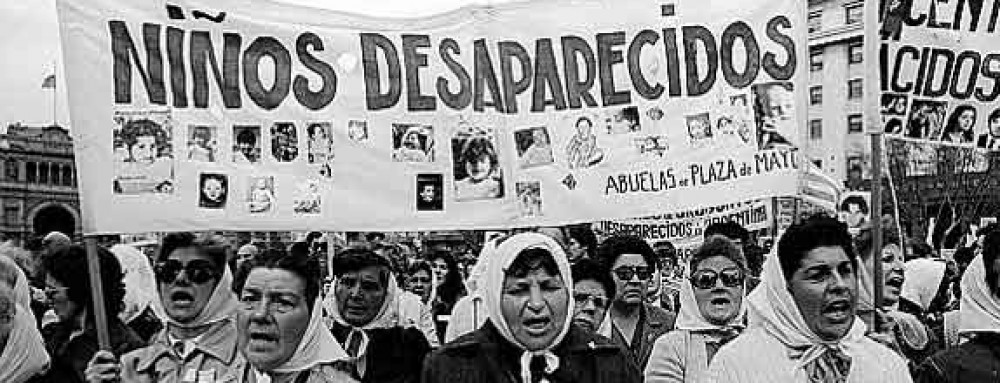Today we went to the D2 detention center, a former police station that was used to hold disappeared people before transferring them to prison or a death camp. The explanation of the events that transpired during these gross violations of human rights during the dictatorship detailed in Nunca Mas gave me a greater understanding of what took place, but visiting the detention center made it feel more real. It was a powerful experience but a moment was particularly touching for me was seeing some of the clothes of the disappeared women displayed in the center. Clothing can tell a lot about a person’s life and personality, and is often underappreciated as a mode of self-expression. I tend to use clothes to express myself, and I feel like just by my clothes a person could learn a lot about me. In this case, it served to humanize the victims and to allow me to picture them in my mind more so than even photos alone. The use of clothing should be considered as a mode of storytelling for similar sites in the future, allowing for people to have a deeper understanding of who is impacted by human rights violations.

